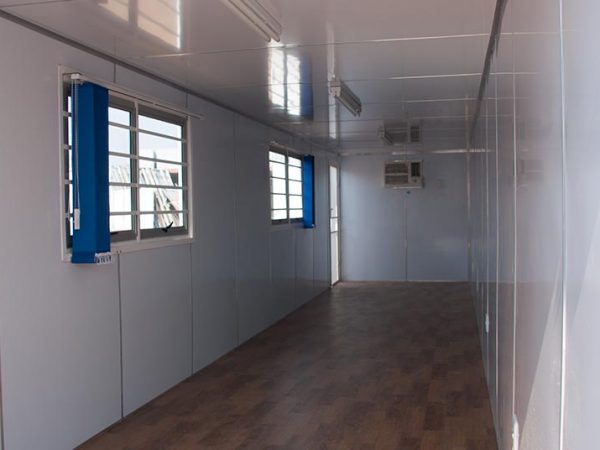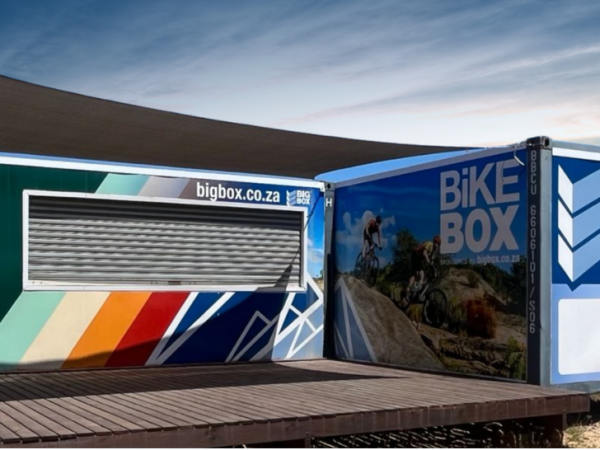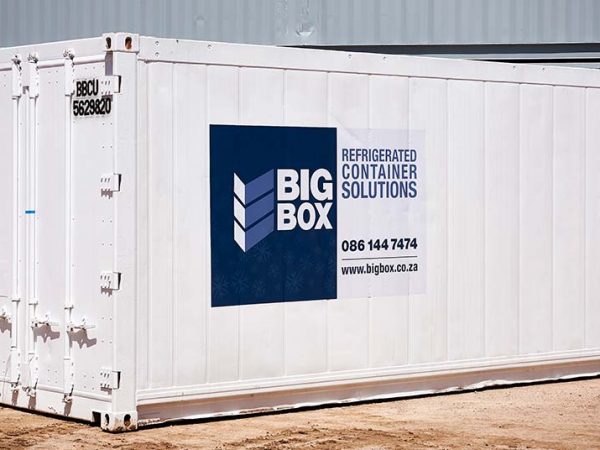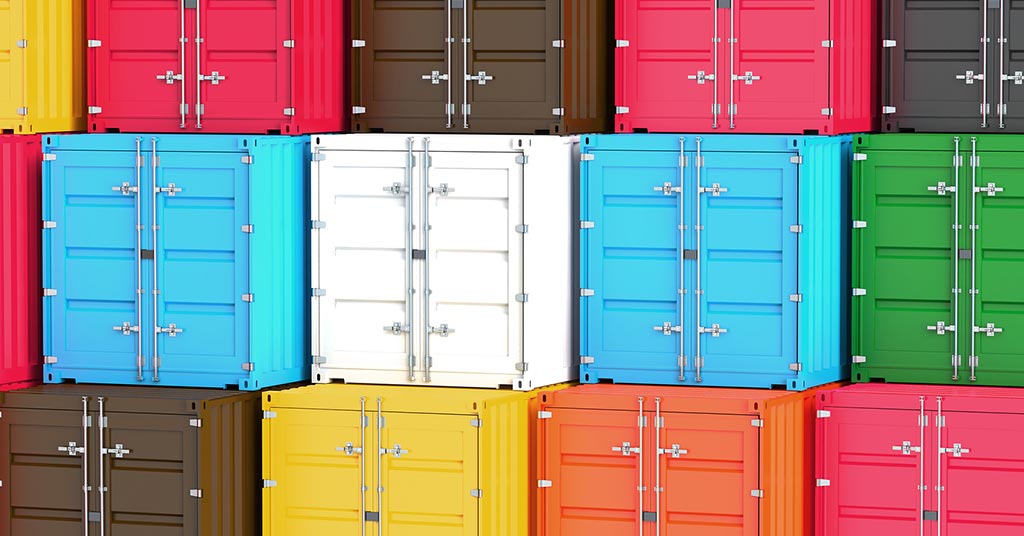
Shipping containers are everywhere. They can be seen on the docks of ports and on the backs of trucks across the world – so much so that it’s possible to take them for granted, overlooking the key role they play. But it’s worth stopping to consider these unsung heroes of the blue economy trade.
Around 90% of all that we buy arrives on our shores via ship. Consider that all shipping goods are carried in shipping containers, and you’ll get an idea of how much they have carried over the years.
In her book Ninety Percent of Everything, shipping researcher Rose George asserts, “They have fuelled if not created globalisation”.
Did you know…?
- There are said to be 20 million shipping containers currently traversing the seas via ship. If they were laid end to end, all the shipping containers in the world would go around the earth’s circumference more than twice.
- The Maersk Triple-E, the world’s biggest container ship, can carry up to 18 000 containers.
- In a typical year of travel, one container ship travels a distance roughly equivalent to three-quarters of the way from the earth to the moon and back.
- Malcolm McLean, who first invented the shipping container (to replace “break bulk” goods handling) in 1956, was named “Man of the Century” by the International Maritime Hall of Fame.
- Like any transportation mode, shipping expends environmental energy. However, shipping causes less greenhouse gases than trucking. To illustrate, Rose George writes that, “Sending a container from Shanghai to Le Havre (France) emits fewer greenhouse gases than the truck that takes the container on to Lyon”.
- Nearly all of the world’s shipping containers (around 97%) are made in China. This is because most dry goods are manufactured there, and it makes sense to have containers built near the goods they will be “boxing” and carrying.
- Shanghai China is the location of the world’s busiest container port. Around 2.4 million containers pass through the bustling port per month. That’s 3 318 every hour.
- If they’re properly maintained, shipping containers can last for up to 20 years.
- Every commercial container has a unique BIC code, much like a car license plate, which denotes the container’s owner, along with the container category and serial number.
- Containers have been put to a huge number of innovative uses. They’ve been used as theatres, bistros, bars, cafés, solar-powered classrooms, hotels, emergency clinics, disaster-relief stations, ablution blocks, swimming pools, saunas, bus waiting stations, workshops, homes, holiday homes, shops, studios and offices.
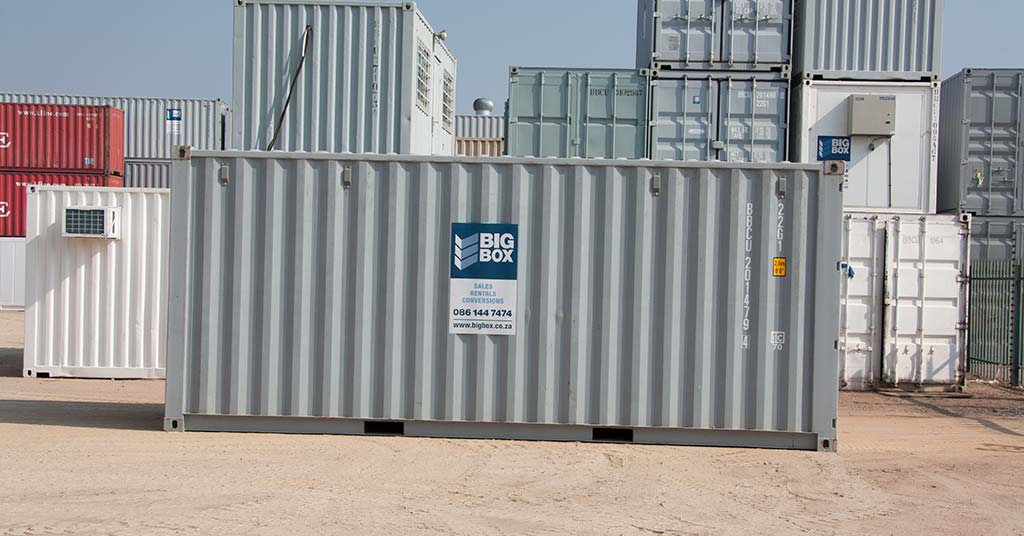
At Big Box Containers, we sell and rent high-quality, steel shipping containers. We also convert shipping containers for a wide range of purposes, from ablution blocks and kitchens to computer centres.
Contact us for more information and we’ll be delighted to assist.

